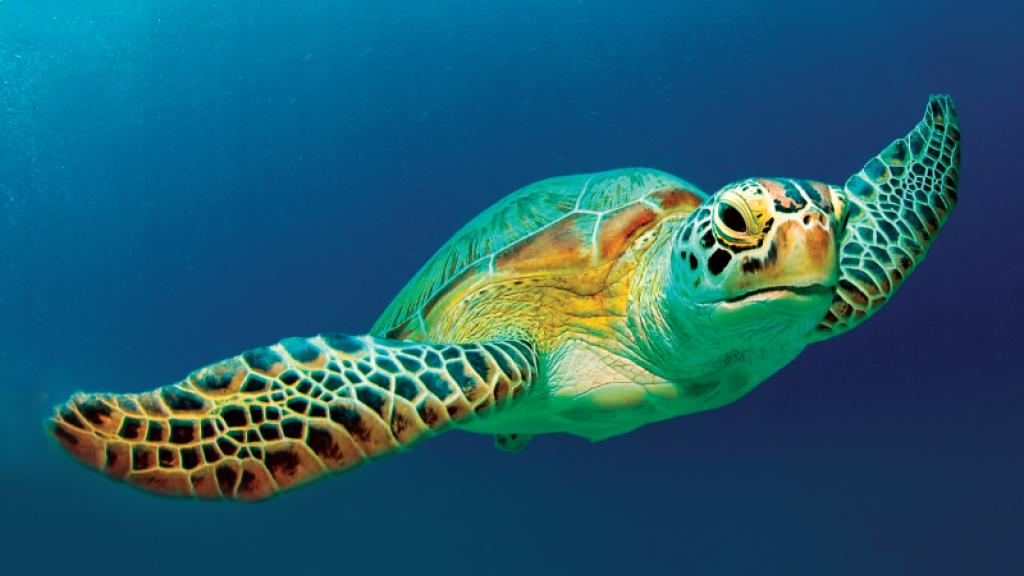7th February 2018

Over 30 tourism operators in Port Douglas and Cairns have joined the pledge to ban the use of plastic straws by businesses within the Great Barrier Reef. Australians use approximately 10 million straws every day which eventually make their way into our waterways and oceans where they damage corals and kill marine life. Nicole Nash is a marine biologist who founded The Last Straw on the Great Barrier Reef initiative in an attempt to remove all plastic straws off commercial vessels operating on the Great Barrier Reef.
"Straws are something that people don't think twice about using. They just get one in their drink and don't think about the environmental impacts and the fact that the straw will outlive them," Ms Nash said.
According to Ms Nash, single use plastic straws end up in the bellies of turtles and other marine life, causing them harm and resulting in their death. The ‘Last Straw’ initiative encourages commercial vessels and resorts operating on the Great Barrier Reef to remove all single use plastic straws and to promote the use of plastic-free alternatives. Ms Nash wants businesses to consider their single-use plastic consumption to help reduce the likelihood of straws ending up in the ocean.
Plastic is not only responsible for killing sea creatures, it also damages and kills coral. According to a study by the Australian Research Council (ARC), plastic was found to massively increase the risk of disease in 159 coral reefs throughout the Asia-Pacific region.
Dr Joleah Lamb from the ARC Centre of Excellence for Coral Reef Studies said that coral which come into contact with plastic have an 89 per cent chance of becoming diseased, comparted to only 4 per cent of corals that were not touched by plastic waste.
"There's an estimated 11.1 billion pieces of plastic rubbish on the reefs in the [Asia-Pacific] area." Dr Lamb said.
Ms Nash said this was just the first step in changing things. Her campaign will stretch far beyond north Queensland, with her sights firmly set on the Whitsundays next, she hopes to cover the entire Great Barrier Reef area.